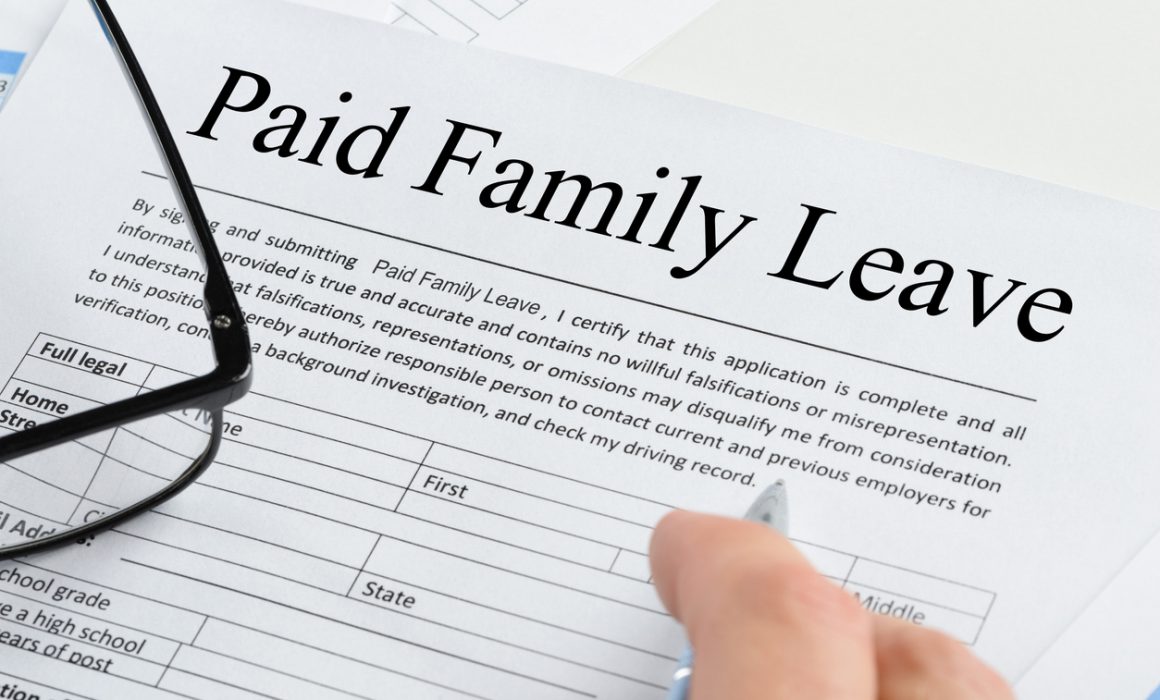New Law Requires COVID-19 Paid Sick Leave, FMLA Benefits
Legislation signed into law by President Trump will extend sick leave benefits for workers who are sickened by the coronavirus, as well as provide for additional weeks of time off under the Family Medical Leave Act so they can be guaranteed of being able to return to their jobs afterwards.
Public and private employers alike need to pay extra attention to the added paid sick leave and FMLA provisions of this new law. Both sections apply to employers with fewer than 500 employees.
Paid sick leave
Employees are entitled to two weeks (80 hours) of paid sick time for coronavirus-related issues. Eligible workers will receive their regular pay, up to $511 per day and $5,110 total. Those caring for someone subject to quarantine due to COVID-19, and parents of kids who can’t go to school or daycare, will receive two-thirds of their regular pay, up to $200 daily with a $2,000 cap.
The emergency sick leave benefit can be used immediately, regardless of how long the worker has been employed with you. It can be used when they cannot work or telecommute for any one of the following reasons:
- The employee is subject to a government quarantine or isolation order related to COVID-19;
- The employee has been advised by a health care provider to self-quarantine due to COVID-19;
- The employee has symptoms of COVID-19 and is seeking a medical diagnosis;
- The employee is caring for an individual subject to quarantine due to COVID-19;
- The employee needs to care for a child whose school or place of care is closed or whose childcare provider is unavailable due to coronavirus.
The law does not require certification of order by the government or a health care provider. But employers can require reasonable notice procedures, such as not announcing in the middle of a shift that they take COVID-19 sick leave. But they cannot require the employee to find a replacement worker to cover the shifts they will miss. Employers must post the law’s requirements “in conspicuous places.”
Employers are not allowed to discipline a worker who takes this sick or FMLA leave for coronavirus purposes and, if an employer refuses to provide the leave, they can be ordered to pay both back pay and statutory damages that are equal to the back pay the employee is owed.
This law provides payroll tax credits to offset all costs of providing these paid leaves.
FMLA
The FMLA portion of the law provides for 10 additional weeks of FMLA leave, but only for those who must stay at home to care for a child whose school is closed or their childcare provider is unavailable due to COVID-19-related issues.
These 10 weeks will be paid at two-thirds the employee’s regular rate of pay, up to $200 per day with a cap of $10,000. They will also receive 12 weeks of leave with job protection, though employers of health care or emergency care providers can exclude such employees.
The employee would likely use up their two weeks of paid sick leave before applying for FMLA benefits, which unlike traditional FMLA (which is unpaid), are paid leaves after the first 10 days under the new law.
Employees who have been working for more than 30 days are eligible, and the employer can require them to provide reasonable notice that they are taking leave.
A final word
This law only applies to employers with fewer than 500 workers, so it leaves uncovered those people who work for larger companies.
Also, employers need to make financial plans, as the credit cannot be claimed until after the employer pays their payroll taxes.
A bigger issue is that the law requires that workers be paid the sick leave even if they are not sick, but have been ordered to self-isolate. In states that have ordered workers to self-isolate, such as California, employers could be faced with an avalanche of paid sick leave claims all at once.
This law sunsets on Dec. 31, 2020.

